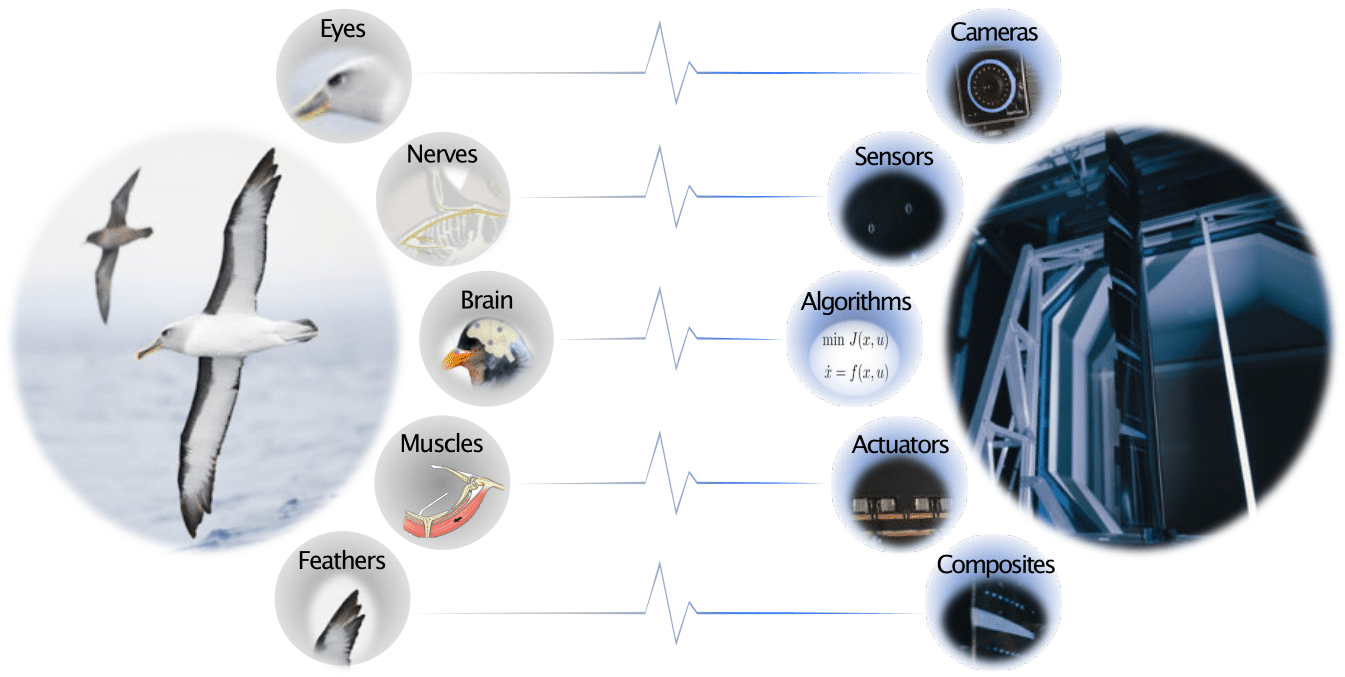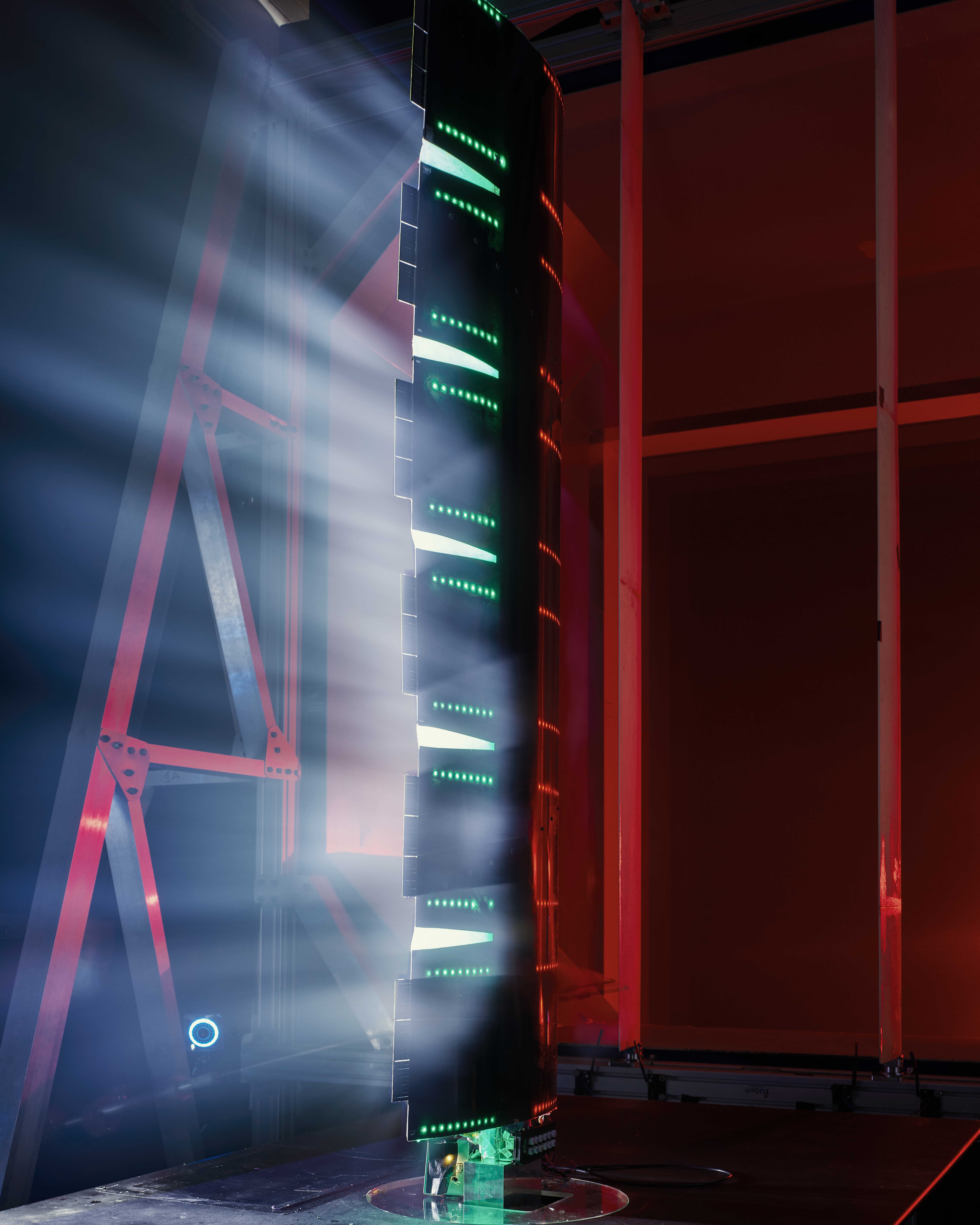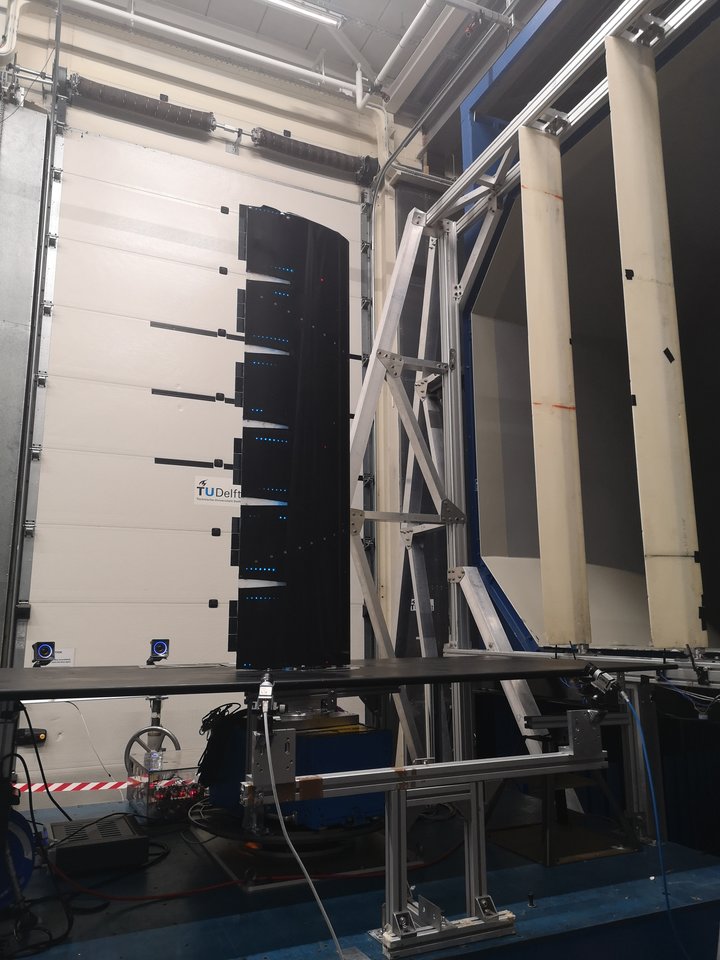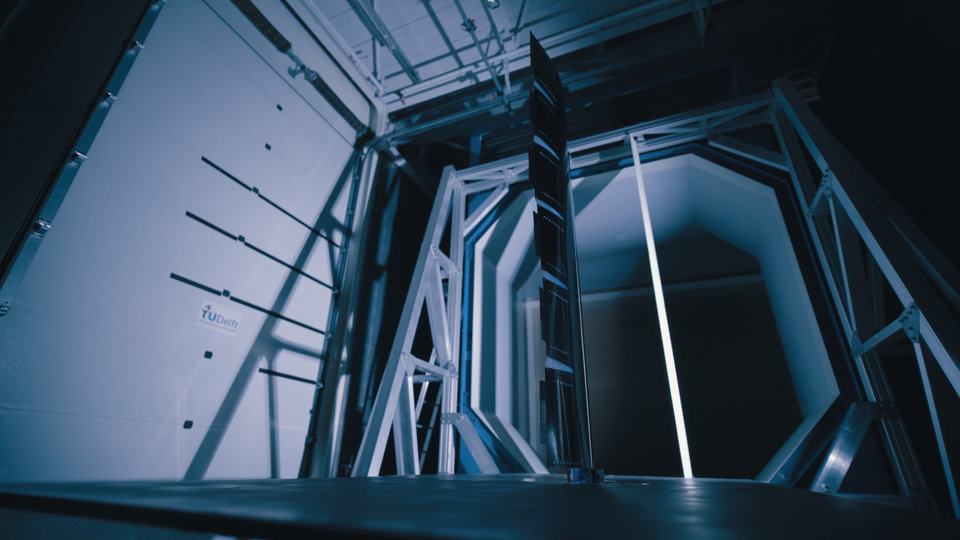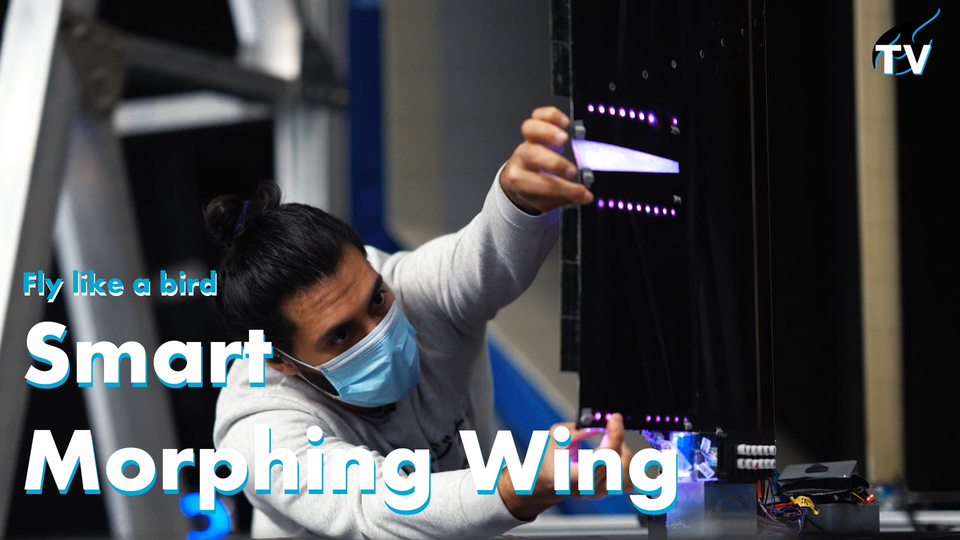Project SmartX
The energy efficient aircraft wing of the future flies like a bird
Project SmartX
The energy efficient aircraft wing of the future flies like a bird
Project SmartX
The energy efficient aircraft wing of the future flies like a bird
The researchers and students of the SmartX project are developing the energy-efficient aircraft wings of the future. They take inspiration from nature: they mimic the steering and wing movements of birds. With their intelligent technology, the wings are expected to reduce aircraft structural mass by 30%.
How does it work?
Researcher Roeland de Breuker and his colleagues are developing radically intelligent control and morphing solutions. With their SmartX project, they focus specifically on aircraft wings. The SmartX project aims to make aviation sustainable by offering radical intelligent control and morphing solutions. The SmartX project will develop the wing of tomorrow which uses technologies for sensing and actuation that are inspired by nature. These technologies are connected by the brain of the SmartX wing: a nonlinear multiobjective artificially intelligent control algorithm that makes use of digital models and big data.
The SmartX wing can improve multiple objectives at the same time due to its biomimetic nature. It can actively minimise the drag of the aircraft, minimise the loads on and hence the mass of the aircraft, control the vibrations of the aircraft. All this can be realised by giving the wing at every stage of the flight its optimal shape. The optimal shape is determined in real time by the brain of the wing for each flight condition.
These intelligent sensing, actuation and control technologies lead to a structural mass reduction up to 30%. This is the much-needed breakthrough to make aviation truly sustainable. Not only because of the reduced fuel consumption, but also because it enables the use of less energy efficient but zero net emission technologies, such as batteries.
Flexible wings are smoother than today’s wings with their flaps and slits. They change shape when the fuel consumption during flight changes the weight distribution, and they reduce the forces on the attachment to the fuselage so that the construction can become lighter.
Roeland de Breuker
Contact
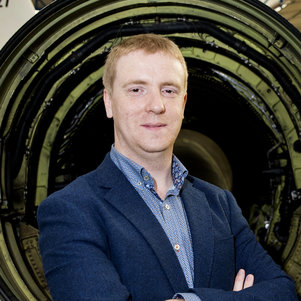
Dr.ir. R. (Roeland) De Breuker
AS&CM Section Head, Associate Professor
✉ R.DeBreuker@tudelft.nl

ir. T. (Tigran) Mkhoyan
PhD Candidate
✉ T.Mkhoyan@tudelft.nl
